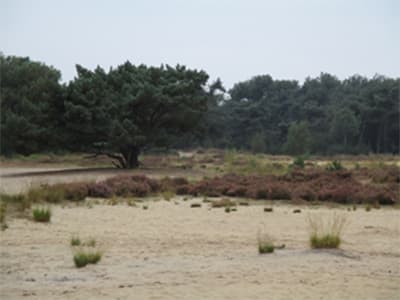
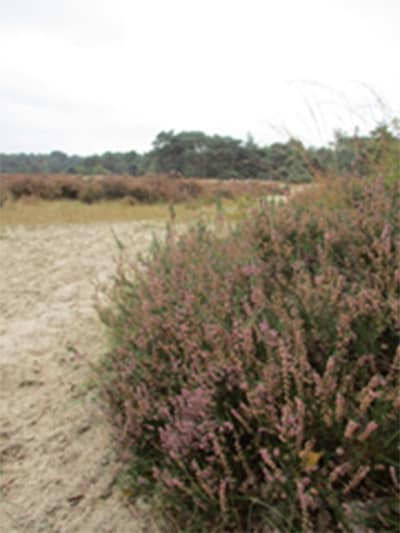
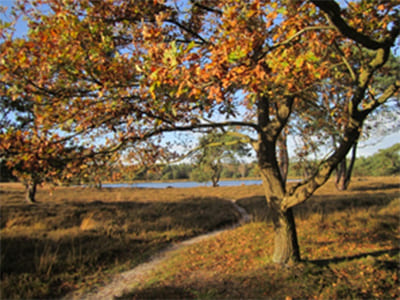
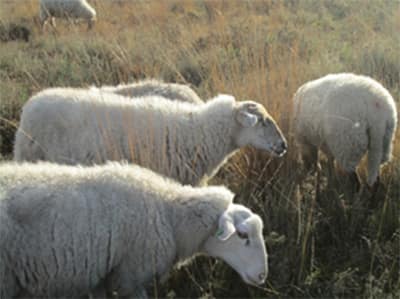
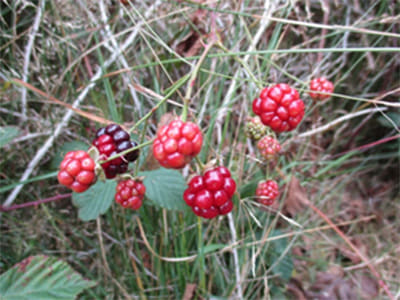
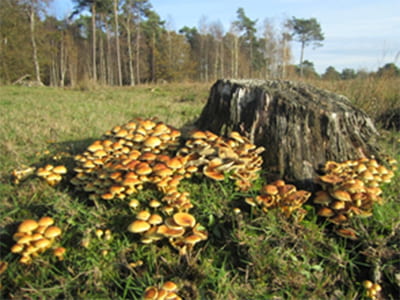
REPOTER

- Lisanne Kleinjan
- JobTranslator, interpreter
Lisanne lives in the Netherlands, in a small town close to its port city of Rotterdam. As part of her studies of the Japanese language, culture and arts, she has lived in Japan for 2 years. Here she was touched by the way how various forms of expression can create bonds between people and places, that eventually cross boundaries. Reflecting on her experiences in Japan, she started to view her life in the Netherlands from a fresh point of view.
What's New
-

- 2024.04.01
- Gio Ponti
- Milan( Italy )
-

- 2024.03.29
- Beach time, the Texan way.
- Austin, Texas( U.S.A )
-
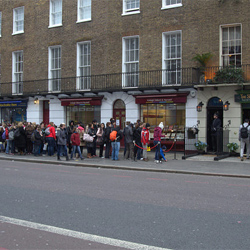
- 2024.03.28
- English people in the mirror
- London( UK )
-
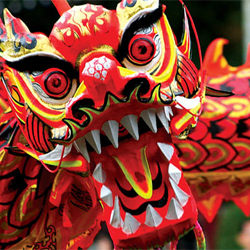
- 2024.03.27
- The Australian Chinese new year celebrations.
- Sydney( Australia )
-
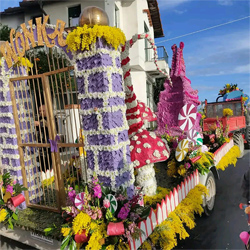
- 2024.03.26
- Blog Liguria - Liguria dressed in yellow: the Mimosa flower festival
- Genoa( Italy )
-

- 2024.03.25
- Roadworks At Night?!
- Sao paulo( Brazil )
REPORTER
-

- Yuriko Mikami
- MilanItaly
-

- Patrick Sacco
- Austin, TexasU.S.A
-

- GianFranco Belloli
- LondonUK
-

- Alberto Ferrando
- SydneyAustralia
-

- Patrizia Margherita
- GenoaItaly
-

- Nami Minaki Sandra
- Sao pauloBrazil
-

- Megumi Ota
- Santo_isidoroPortugal
-

- Susumu Yamada
- MadridSpain
-

- Chieko Suganuma (maiden name : Nagura)
- Gold CoastAustralia
-

- Chuleeporn Suksabye
- Chiang MaiThailand
-

- Padra Rivodo Hiromi
- MonterreyMexico
-

- Erika Anderson
- CarmelU.S.A
-

- Keiko Miki
- DublinIreland
-

- Knowledge Capital Staff
- Japan-townJapan
-

- Rim
- DusseldorfGermany
-

- Patrizia Margherita
- PortlandU.S.A
-

- Claudia Diaz
- New YorkU.S.A
-

- Zia Fariya
- BangaloreIndia
-

- Mara Groner
- BerlinGermany
-

- Lisanne Kleinjan
- RotterdamNetherlands
-

- Christine Pilcavage
- MassachusettsU.S.A
-

- Martha Hickey
- MichiganU.S.A
-

- Mirai Tsuda
- FirenzeItaly
-

- Kazuya Yamaoka
- MontereyU.S.A
-

- Takae Nagamiya
- Los AngelesU.S.A
-

- Kazuhito Habu
- BerlinGermany
-

- Sanja Bogetic
- BelgradeSerbia
-

- Sarena Ehrlich
- FontainebleauFrance
-

- Yves Lalune
- DijionFrance
-

- Martha Hickey
- AmsterdamNetherlands
-

- Hiroshi Yamauchi
- VilniusLithuania
-

- Ritsuko Derickson
- WashingtonD.C.U.S.A
-

- Rei Watanabe
- BerlinGermany
-

- Tatsuji Seki
- BangkokThailand
-

- Rubin Cynthia Beth
- New HavenU.S.A
-

- Miho Bokuda
- FirenzeItaly
-

- Pat Lee
- Hong kongChina
-

- Weikalossu Lin
- TaichungTaiwan
-

- Emiko Ogawa
- LinzAustria
-

- Hironari Masuda
- ShanhaiChina
What's New
-

- 2024.04.01
- Gio Ponti
- Milan( Italy )
-

- 2024.03.29
- Beach time, the Texan way.
- Austin, Texas( U.S.A )
-

- 2024.03.28
- English people in the mirror
- London( UK )
-

- 2024.03.27
- The Australian Chinese new year celebrations.
- Sydney( Australia )
-

- 2024.03.26
- Blog Liguria - Liguria dressed in yellow: the Mimosa flower festival
- Genoa( Italy )
-

- 2024.03.25
- Roadworks At Night?!
- Sao paulo( Brazil )












